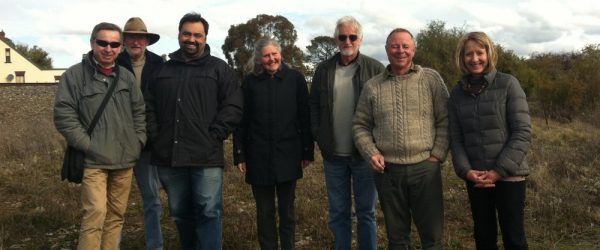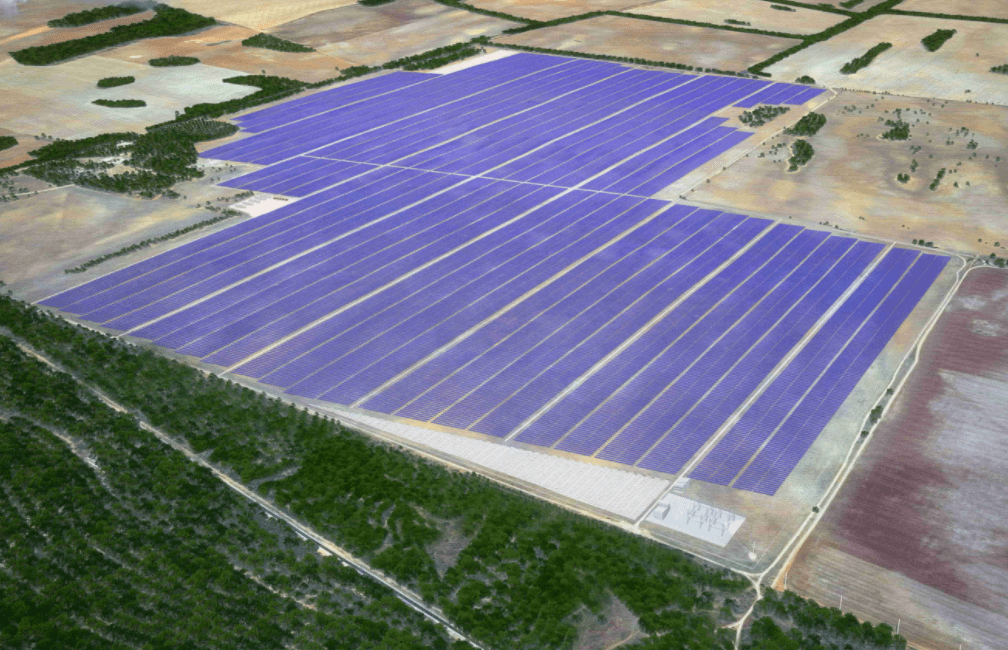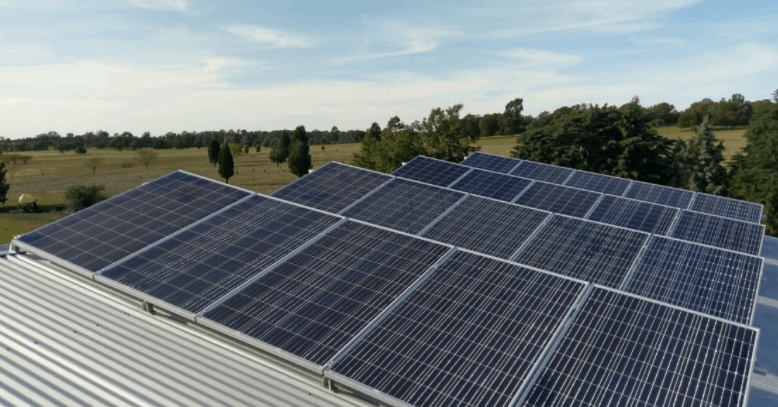A group of residents in Goulburn have joined together to create a community solar farm. The 1.2MW AC output Clean Energy 4 Goulburn solar farm will have 4000 non-reflective PV solar panels and the capacity to power between 350 and 500 houses in the region. It will be completed in 2018.
Clean Energy 4 Goulburn

After a lack of interest in renewable energy for Goulburn, a group of seven locals led by group president Ed Suttle, formed Clean Energy 4 Goulburn in 2014. They were hoping to raise $2m to finance their project, with around 50% coming from the local community, as the group made a commitment that they will be majority community owned.
Following a viable feasibility study in 2015/16, a DA was made to the Goulburn Mulwaree Council for their solar farm to be built on a 2.5-hectare site east of Goulburn owned by Divall’s Haulage. After a protracted approval process, CE4G are partnering with Essential Energy (which in itself took 5 months to be approved), who own the power infrastructure in Goulburn, to get permission to use their poles and wires to transport the energy.
The Sydney Morning Herald is reporting that the GE4G team are hoping to sell 50% of its eventual renewable output to one major end users (e.g. local government or a large institution), and the remaining 50% can be sold (via an electricity retailer) to the greater Goulburn community.
Click here to visit the Clean Energy 4 Goulburn site and learn more about their plans.
The $380m Gunning Solar Farm is about 50km west of Goulburn (and is still in early development stages) but other than that there aren’t any other solar farms in Goulburn right now.
Community Solar Farms
Earlier this year investors sunk over $3m into Australia’s largest community solar project in Canberra – the Majura Solar Farm. This is expected to be completed in 2018 also and, with 533 backers, certainly won’t be the last time we see community solar farms being built in Australia. Bringing the power back to the people, especially in rural areas, is going to get a lot larger over the coming years.
See a video about the Goulburn community solar farm below!





